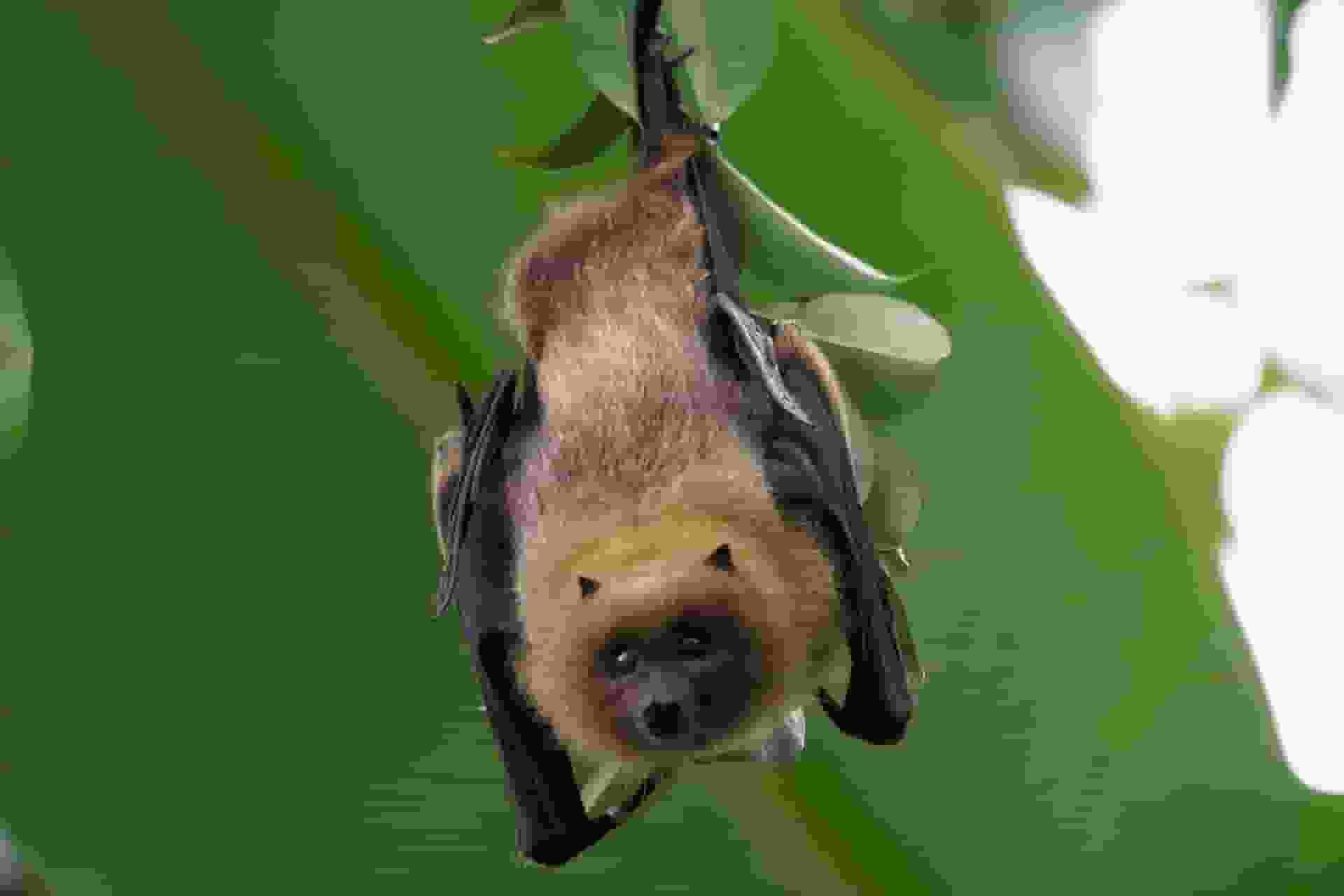Bats are usually asymptomatic of several viruses that are hazardous to most animals.
A group of experts, the majority of whom are linked with the CNRS, Claude Bernard Lyon 1 University, and ENS de Lyon, has just published an article in Science Advances that addresses this subject.
The number of copies and diversity of the gene encoding the PKR enzyme, which is important in the immunological response to viruses, might be part of the reason.
Why Bats are Important?
Although most mammals only have one copy of this gene, certain bats have many copies, allowing them to expand their antiviral repertoire and so protect themselves against a broad variety of viruses. This has been made feasible in bats by the accumulation of numerous copies of the PKR gene, each of which has been exposed to positive selection during their evolution.
To arrive at this result, the study team used an interdisciplinary strategy that included genetics, evolution, molecular and cellular biology, virology, and field data..
They investigated the evolutionary history of the PKR gene in several bat species and examined, at the molecular level, the adaptations these animals developed in response to ancient epidemics. Their research helps us comprehend viral transmission between host species.
READ MORE: iPhone Maker Foxconn Rocked by Largest Protests at COVID-19-Hit Plant in China; Here’s Why!

Bats Can Also Cause Human Viruses
However, several bat species are hosts for other human-lethal viruses, such as rabies, Nipah, and Hendra. However, their enhanced immune systems allow them to coexist with these infections without becoming ill.
In our latest research on flying foxes in Australia, we discovered one fairly easy solution: conserve and restore native bat habitat to increase natural protection.
When humans destroy natural woods, nectar-eating flying foxes are forced to adapt. They transition from mostly migratory animals that follow eucalyptus blossoming and construct enormous roosts to less mobile animals that live in a large number of little roosts near agricultural area and may encounter horses.
The Hendra virus is spread by bats and can infect horses. It is seldom transmitted from horses to people, but when it occurs, it is exceedingly hazardous. Hendra cases in horses have occurred in two-thirds of instances in extensively cleared regions of northern New South Wales and southeast Queensland. That is not an accident.
We can take action now that we understand how habitat destruction and spillover are linked. The virus will be less likely to spread to horses and then humans if the eucalyptus species on which flying foxes rely are protected.
READ MORE: How Believing That Covid-19 Is A Hoax Could Be A Gateway Drug To New Conspiracies


